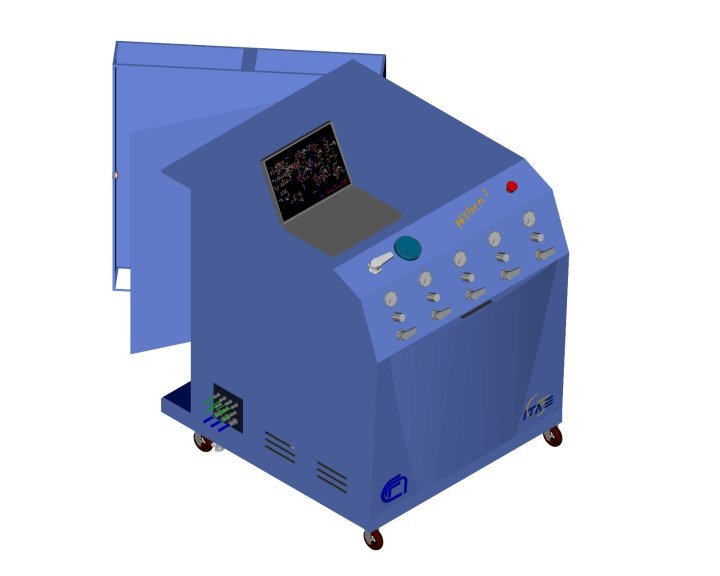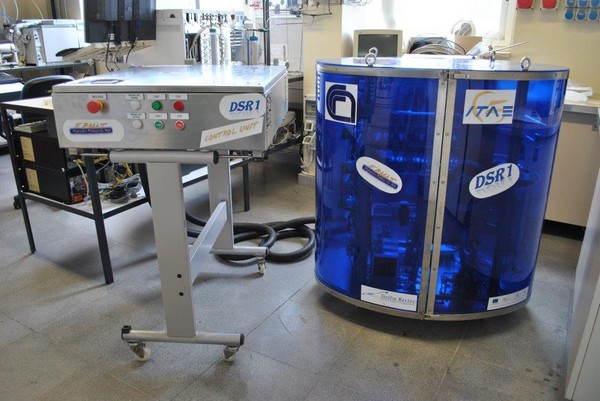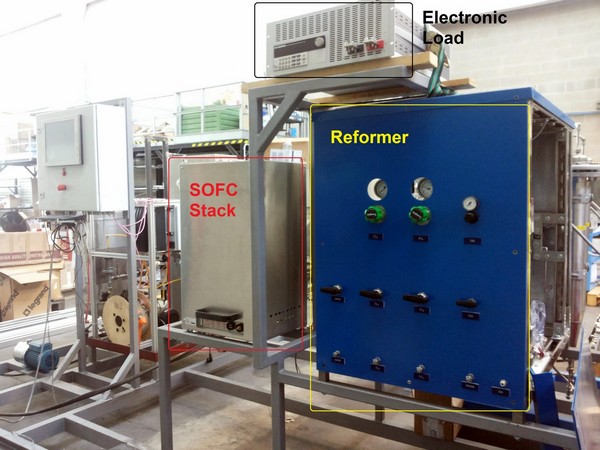The question of the worlwide climate modification, due to the human emissions (i.e. greehnouse gas) is alwais more stringent: Europe consumes more petroleum for transportation than for any other energy use; transportation is responsible for about half of the smog forming pollutants in our cities, for up to 90% of the carbon monoxide, and for more than half of the toxic air pollutants. The need to accelerate the development of the technologies able to reduce the effect of the human activity without to reduce the level of age is evident. Certainly the Polymer Electrolyte Fuel Cell (PEFC), because do not convert the energy of the fuel into electrical energy by combustion, are one of the technological possibility.
A very crucial factor to use the PEFC-based engine in the transportation, is the choice of the fuel, and of the fuel processor, proper for a realistic, on-board, employment. There are several ways to produce hydrogen gas from carbonaceous fuels like natural gas, oil or alcohol. Most of these processes are designed for large scale industrial production and not suitable for compact hydrogen generator: the problems are related to a difficult cold start-up; a low transient response capability; a high weight/electric power ratio. Starting from these considerations, the aim of the activity carried out at Institute CNR/TAE is the development of hydrogen generator for fuel cell, in order to overcome the main limits of the hydrocarbons steam reforming technology. The proposed solution is based on partial oxidation and/or autothermal reforming reactions.
The main goal of the ITAE experiments has been to identify the proper catalyst and to define the operating parameters (reaction temperature, O2/C and steam to carbon ratio, etc.) in order to assure higher activity and stability for prolonged start-up and shut-down cycles in a compact (low volume and weight) reactor. Particularly, ITAE have developed a 2 kWequivalent hydrogen generator unit, named HyGen1, (now under test): the fuel is light hydrocarbon (methane, propane). The unit, only prototype of this typology in Italy, is able to feed a PEFC.
In the unit, see figure, is possible to distinguish the following parts: the autothermal reactor (ATR), the low temperature shift reactor (LTS) and the CO Selective Oxidation reactor (SOX). The main components include the heat exchangers, the manual and the automatic valves, the pressure regulators and transducers, the flow meters and ancillaries. ITAE have selected and developed the catalyst for the above-cited reactions, have identified the operative conditions, have developed the reactors and the P&I of the plant.
The results of the activity are of interest for national and international industries, involved in the development of Fuel Cell Systems, for applications mobile and stationary.
Immagini:



